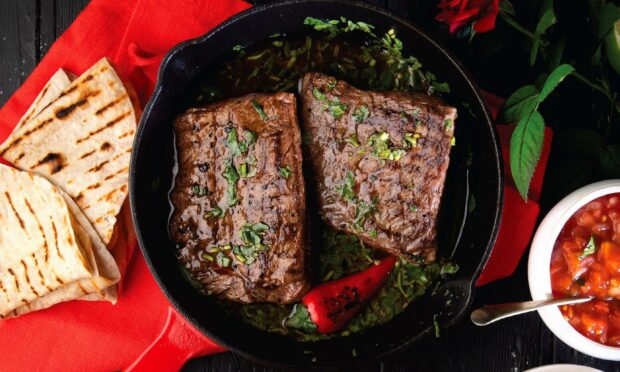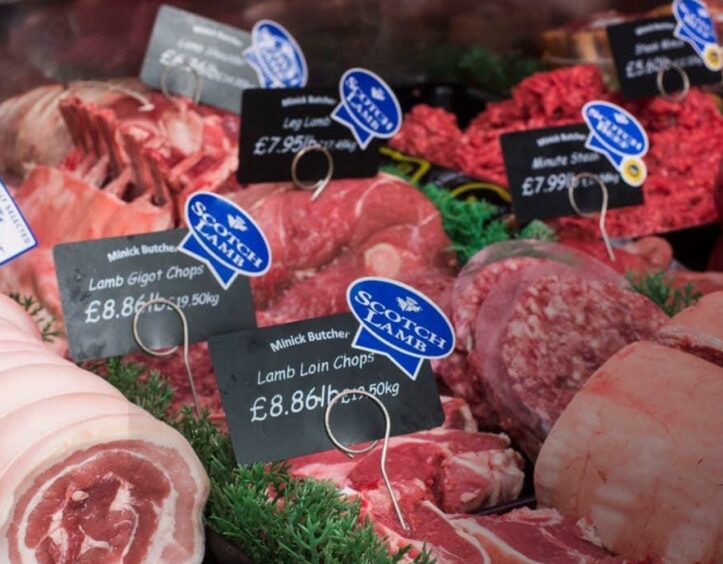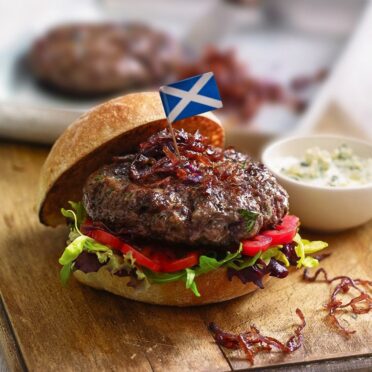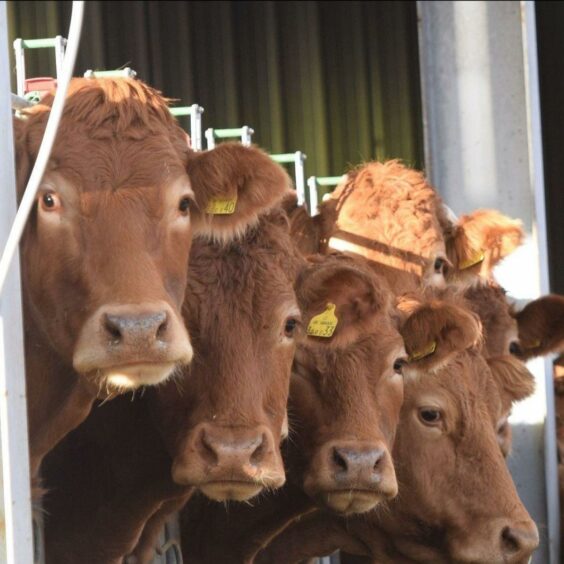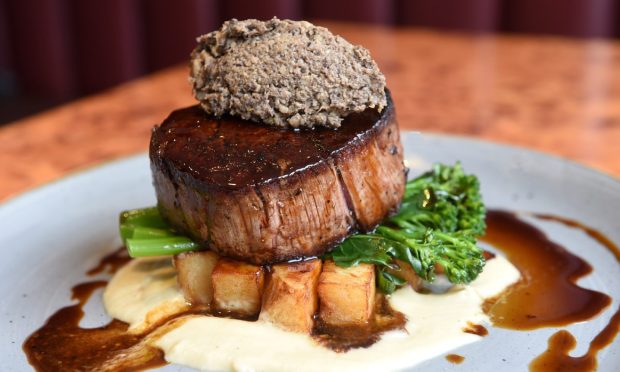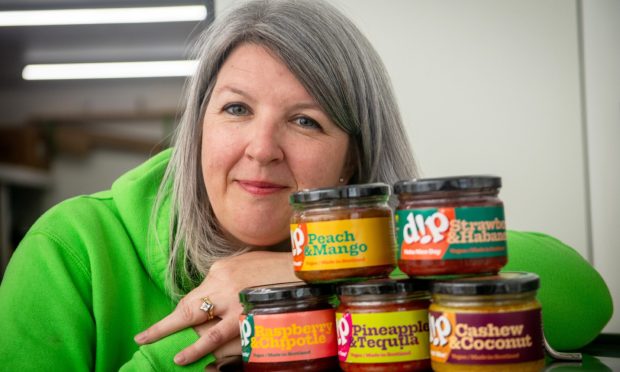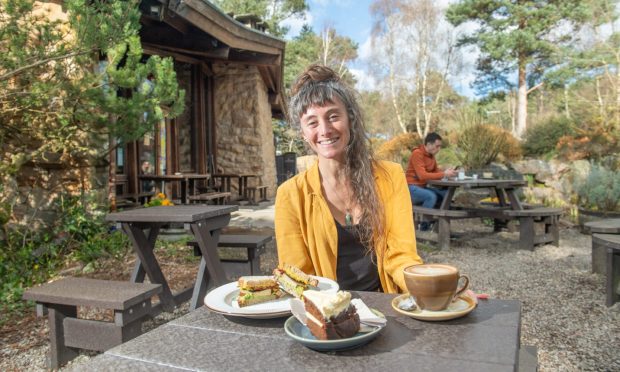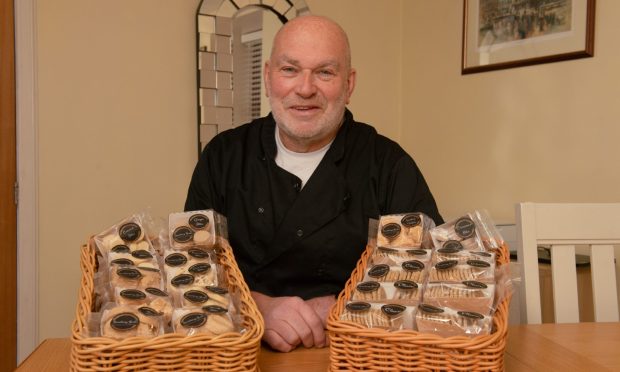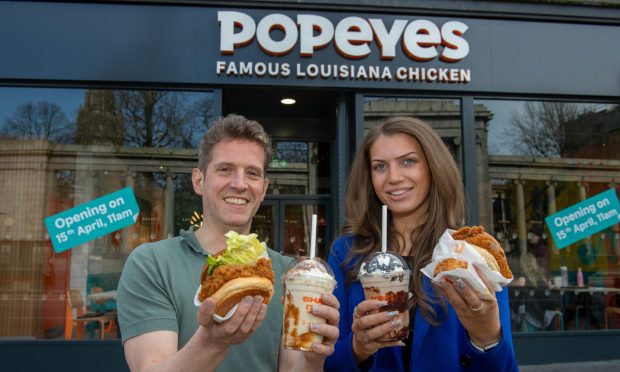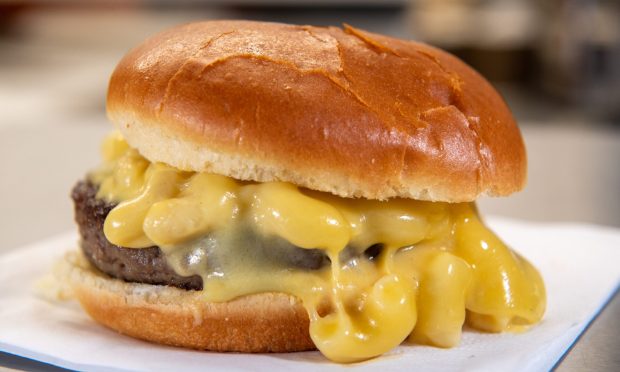For many of us, the start of this year will have been a time of setting new goals which may have included a diet change that’s more sustainable for the planet.
Now we’re into February, we may have already found ourselves leaving behind our well-intended plans.
Often, it can simply be put down to realising these changes don’t suit our lifestyles or schedules.
Speaking in this context, research by Utilita Energy last month showed that people in the UK had started giving up their New Year resolutions just 12 days into 2022 and changes such as ‘meat free days’ and Veganuary were among the first to go.
Although these routes can help you lower your carbon footprint, they can be quite radical and difficult to stick to. But that’s okay – and there are other ways of going about it.
New diet movements like the flexitarian approach emphasise that eating less meat but making sure it’s higher quality and locally sourced is better for your carbon footprint, especially compared to highly processed vegan alternatives.
Cop 26 influence
While COP 26 shone a spotlight on the sustainability credentials of our food choices, it was also a time to consider whether more nuanced, mindful approaches rather than blanket cuts might be the best option for the planet, our health and society as a whole.
There is growing awareness that our efforts in the battle against climate change should include lending our support to farmers and the production of local, sustainable red meat.
This means shopping locally, as it’s far more sustainable than cheaper, imported alternatives.
COP 26 also heralded a wave of new approaches to consuming food that put sustainability and ethics first. These focus on reducing carbon footprints – and having more consideration for how and where we buy our food.
Red meat industry
For the red meat industry, changing attitudes and priorities around consumption are an opportunity to showcase the ways we are producing renewable energy, investing in low carbon technology and delivering effective carbon capture to help the country reach net zero.
It’s also a chance to highlight the nutritional benefits of a varied diet, rather than focusing on one food alone. We have plenty to shout about.
Scotland’s production systems function as part of a natural cycle. Our grassland absorbs carbon from the atmosphere and captures it in the soil, contributing to an important carbon sink with grasslands, preserved through livestock grazing, estimated to be able to store up to 500 tonnes of carbon per hectare.
Over the past decade, Scotland’s prime cattle producers have reduced the time taken to produce Scotch Beef by 5.5 per cent while increasing the meat yield by 4.5 per cent.
Over the past decade, Scotland’s prime cattle producers have reduced the time taken to produce Scotch Beef by 5.5 per cent while increasing the meat yield by 4.5 per cent.
This means Scotch Beef has a greenhouse gas footprint of 18.7 kilograms CO2 equivalent per kilogram of live weight, which is less than half of the world average. Our livestock farmers are also working to conduct regular carbon audits in order to identify ways to reduce their farm’s carbon footprint.
Nutritional values and mindful eating
Red meat is also naturally rich in protein and low in salt and provides a range of vitamins and minerals that contribute to good health, including iron, zinc and vitamin B12.
Meanwhile, many processed meat alternatives contain high volumes of salt and ingredients and preservatives that clock up thousands of food miles – meaning they can have less nutritional benefit and leave a significant carbon impact.
Not only that, livestock farming has huge socioeconomic benefits for rural communities by providing a local food supply, source of income and reliable form of employment. Scotch products guarantee animal welfare, too.
The Quality Meat Scotland (QMS) Animal Welfare and Wellbeing Charter recognises the five freedoms of animal welfare and wellbeing and is a guiding principal for all QMS assurance schemes, which are supported and approved by the Scottish SPCA – Scotland’s independent animal welfare charity.
Now is the time to embrace that if you want to change your diet for the good of the planet, high quality, sustainably produced red meat deserves a place at the table of the future.
Jennifer Robertson is the health and education manager of Quality Meat Scotland.
